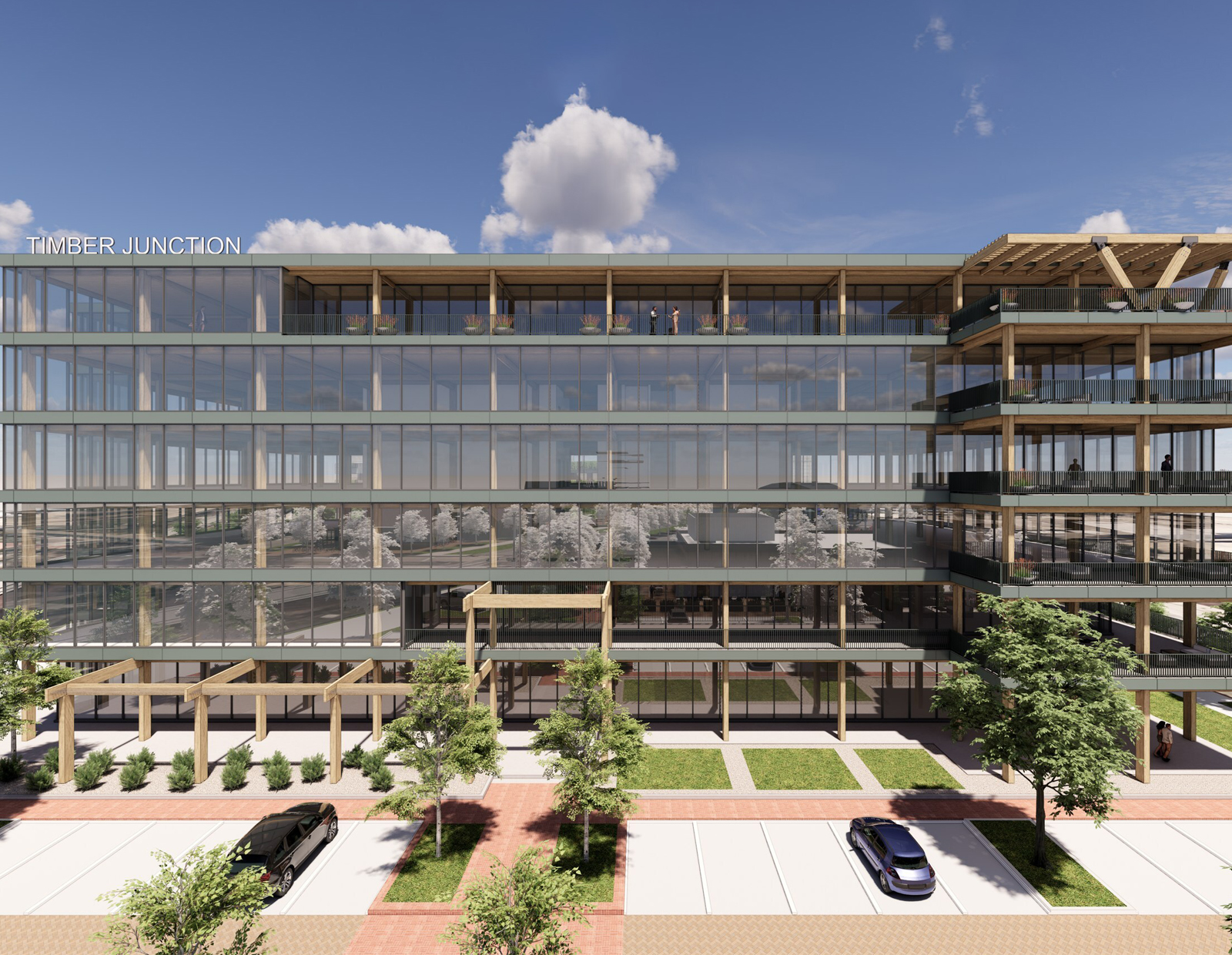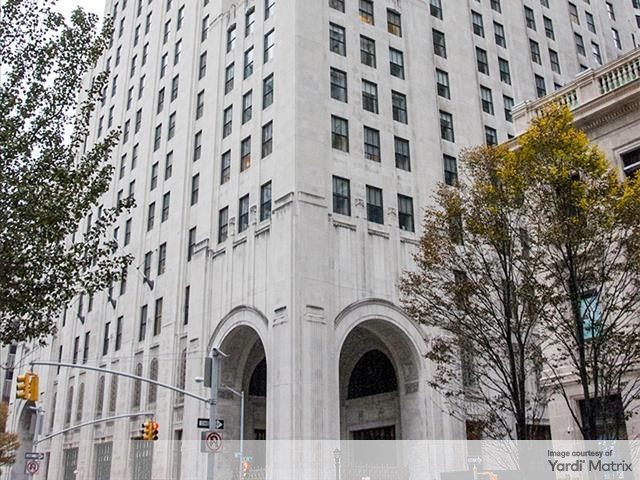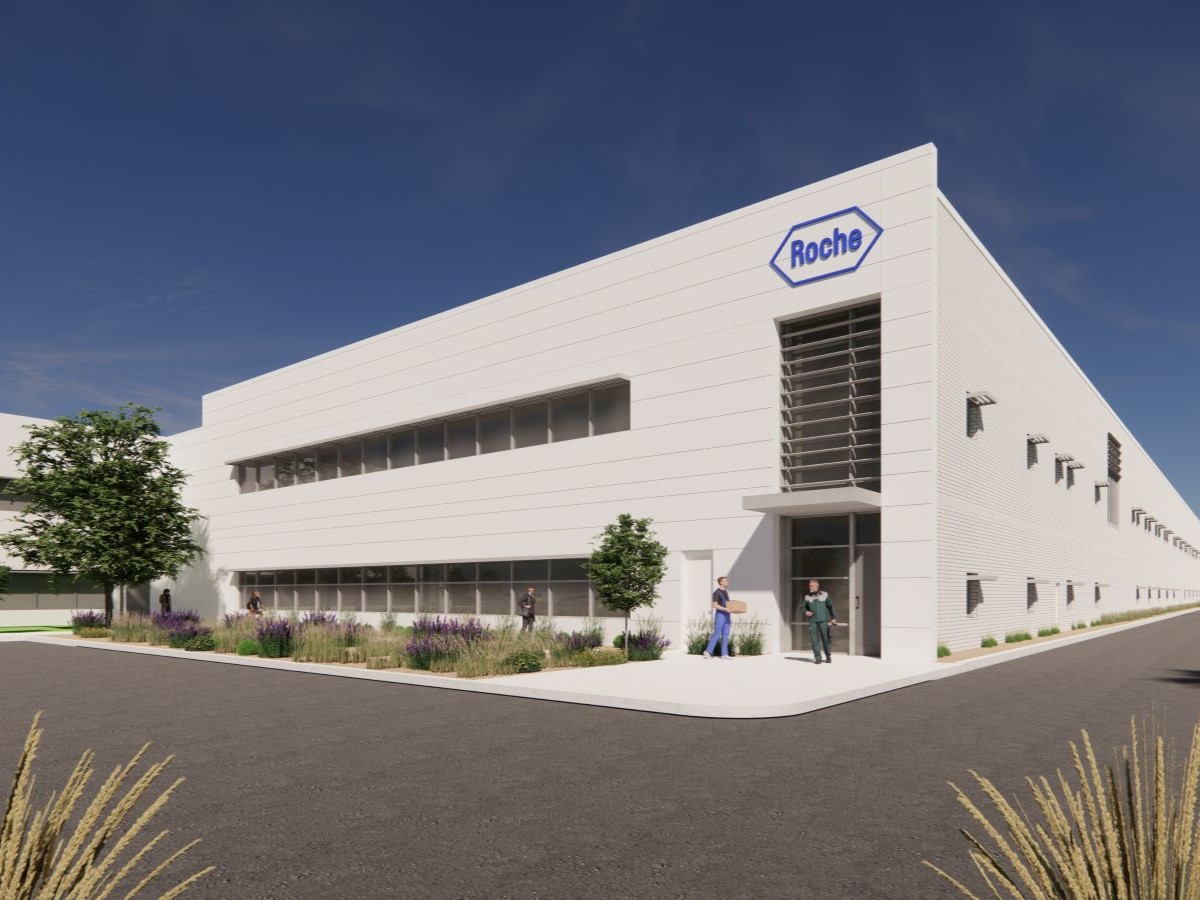Entrenched Technology
Technological advances represent the very essence of innovation. And the CRE industry has come a long way in adopting technology that improves construction, operations and business processes.
In the past two months, I’ve been writing a good deal about innovation. This month’s focus on technology  necessarily lends itself to furthering the discussion. After all, technological advances represent the very essence of innovation. And the commercial real estate industry has come a long way in adopting technology that improves construction, operations and business processes. As Realcomm CEO Jim Young notes in this month’s Market View, technology is now an entrenched part of business strategy in commercial real estate. And that can only bring positive results.
necessarily lends itself to furthering the discussion. After all, technological advances represent the very essence of innovation. And the commercial real estate industry has come a long way in adopting technology that improves construction, operations and business processes. As Realcomm CEO Jim Young notes in this month’s Market View, technology is now an entrenched part of business strategy in commercial real estate. And that can only bring positive results.
This is evident in the accomplishments of the award winners we highlight in our special technology section. Those winners of Realcomm’s Most Intelligent Buildings Digie Awards featured in our Technology Report use different types of centralized networks to control or monitor lighting, temperature, air quality, security systems and other aspects of operations. The Bullitt Center in Seattle, for instance, aims to “change the way buildings are designed, built and operated” through a combination of new and established methods. Its lighting system incorporates energy budgets for each tenant, while the building makes such efficient use of rain and gray water that it will not need to draw on the Seattle public water supply at all.
In our Sustainability Report, we discuss the impressive use of technology demonstrated by the Top 10 Green Projects selected by the American Institute of Architects’ Committee on the Environment. These projects exemplify creative approaches to reducing consumption of water and energy and other goals. Federal Center South Building 1202 in Seattle combines a hydronic HVAC system with a series of “sails” suspended from its ceilings that make it “net-zero-capable.” The San Francisco Public Utilities Commission’s headquarters employs automated interior and exterior shading to cut energy used for lighting in half. And the building not only cleans and reuses gray water but black water, as well.
While such technologies produce huge savings of costs and resources—not to mention improvements in tenants’ work environments—advances in business processes save money and time for investors, developers and service providers. Those tools are likewise wide-ranging, such as Yardi Systems Inc.’s Commercial Leasing Pad, which won Realcomm’s Best Real Estate Digie Award for Technology Innovation for its management of the lead-to-lease process, and SIOR’s digital media tools, which won Best Use of Automation – Brokerage Services. CBRE Group Inc. earned this year’s Digie for Best Use of Automation – Commercial Services. CBRE also took top honors in the Most Innovative Corporate Strategy category of CPE’s own Distinguished Achievement Awards in conjunction with Sprint Real Estate for their joint Innovation Council and site assessment mobile app.
Commercial real estate is now deeply entrenched in the Digital Age, and there is no going back. As new technologies become mainstream, their benefits will spread still further. Meanwhile, the next wave of innovations will follow closely behind. For commercial real estate, the future is here.
Suzann D. Silverman, Editorial Director







You must be logged in to post a comment.